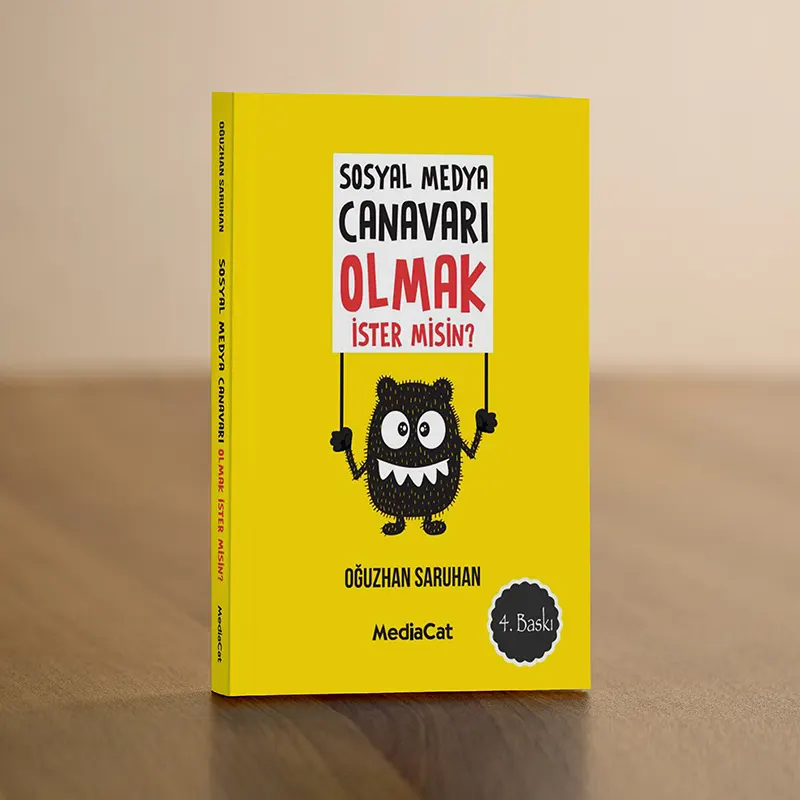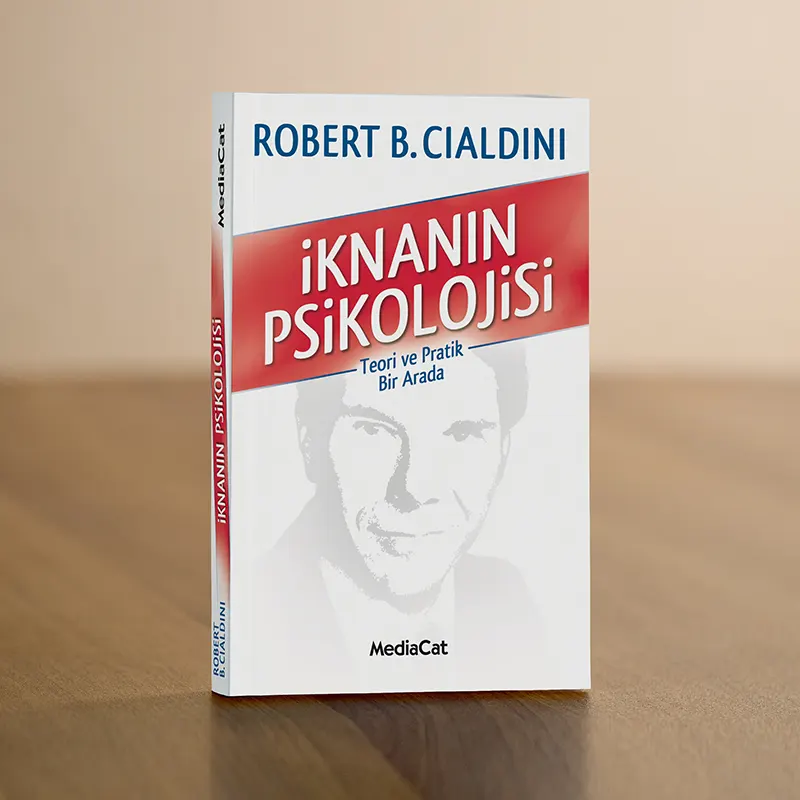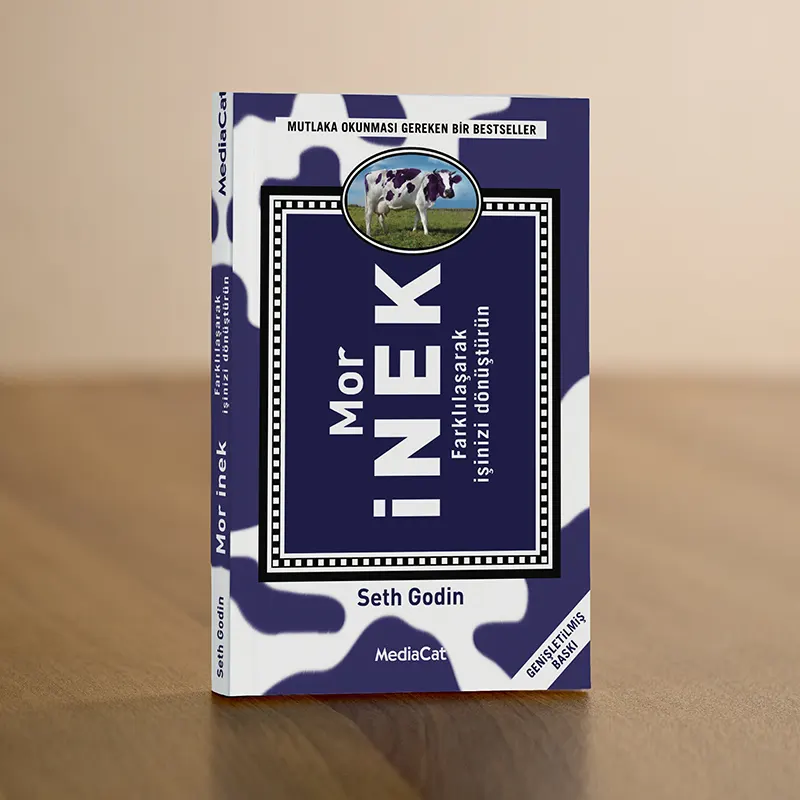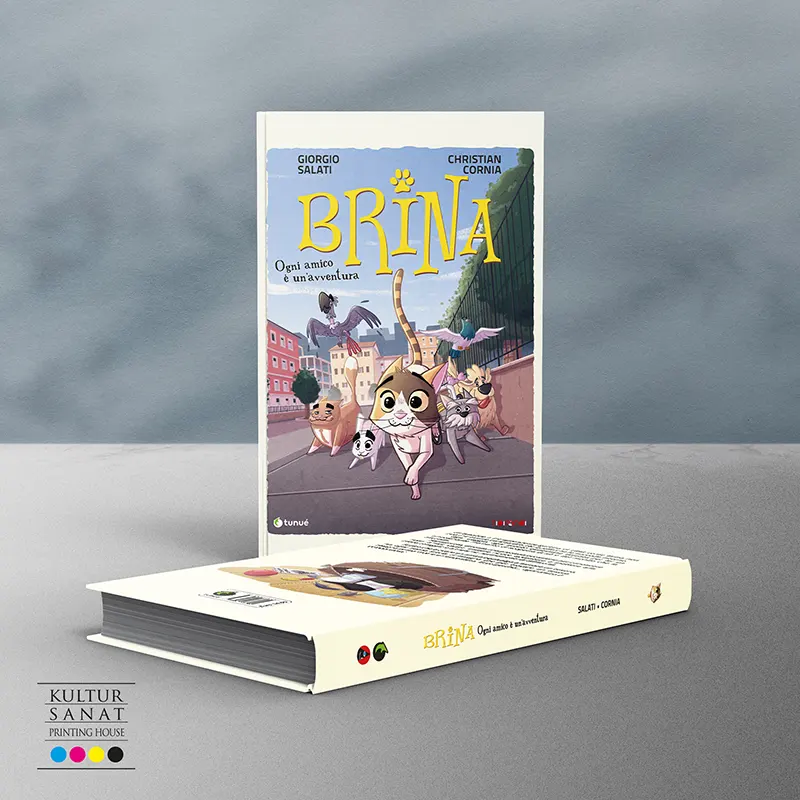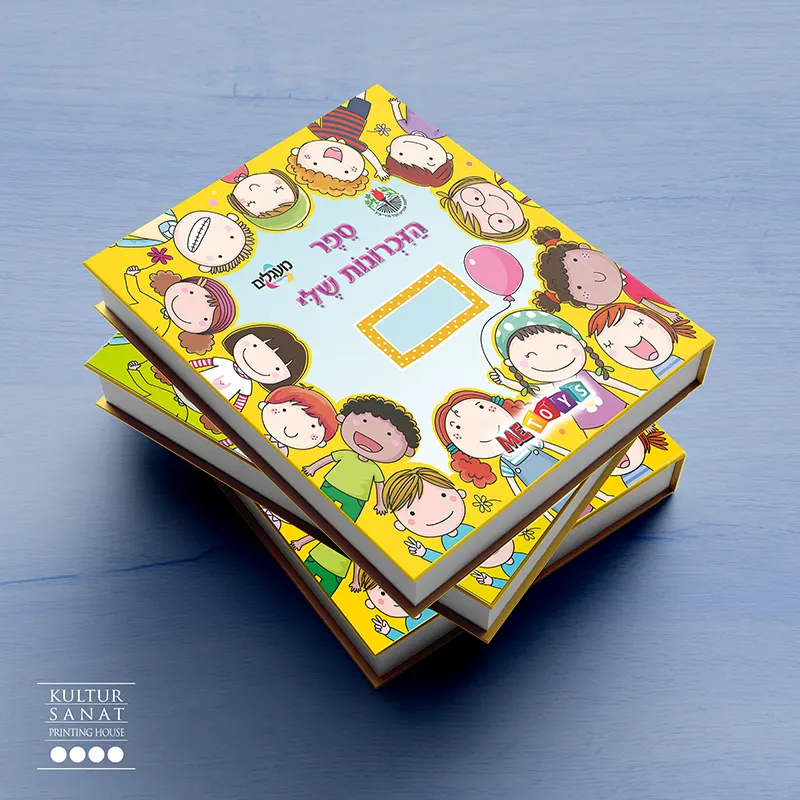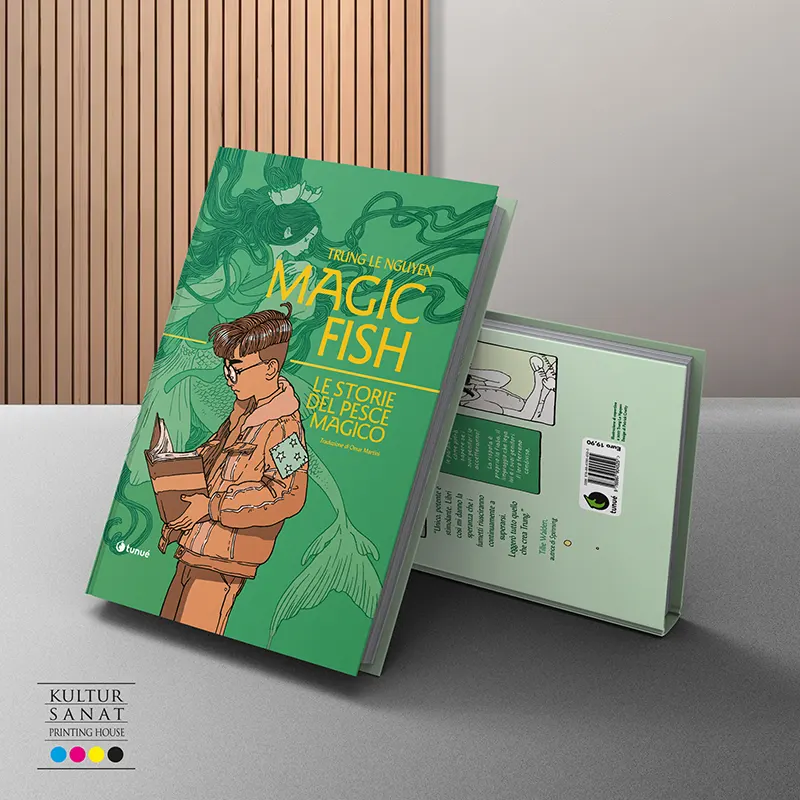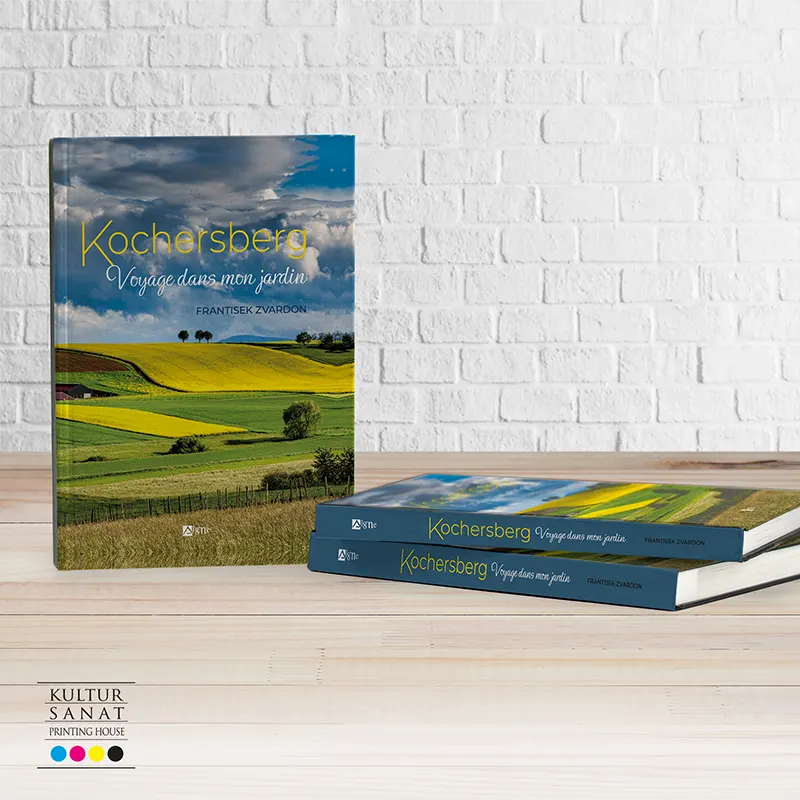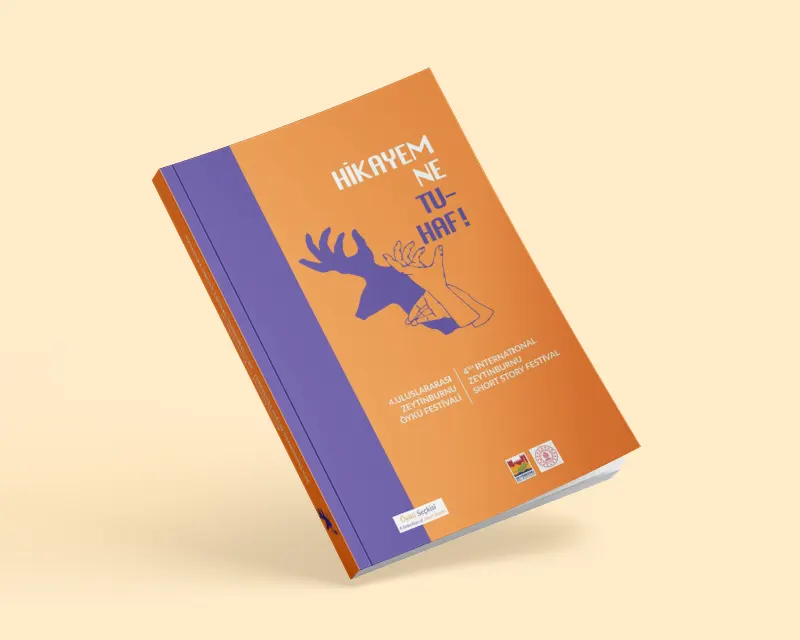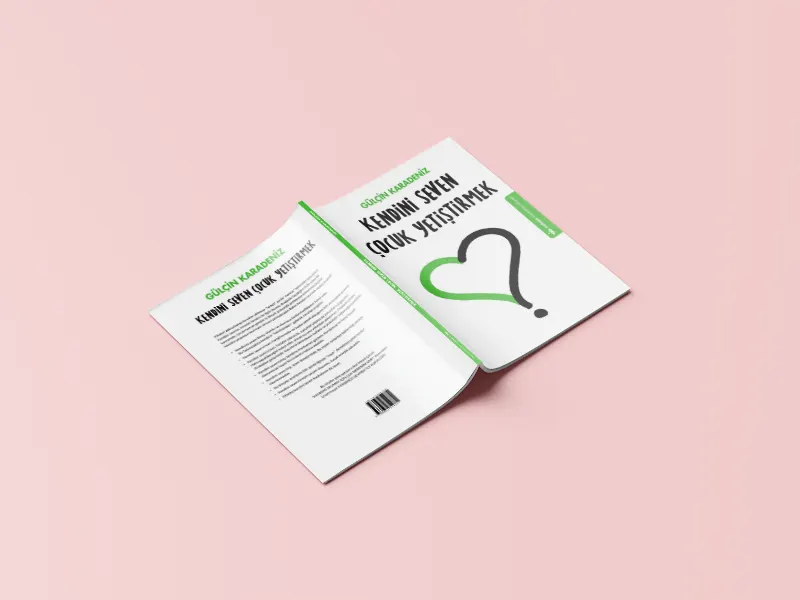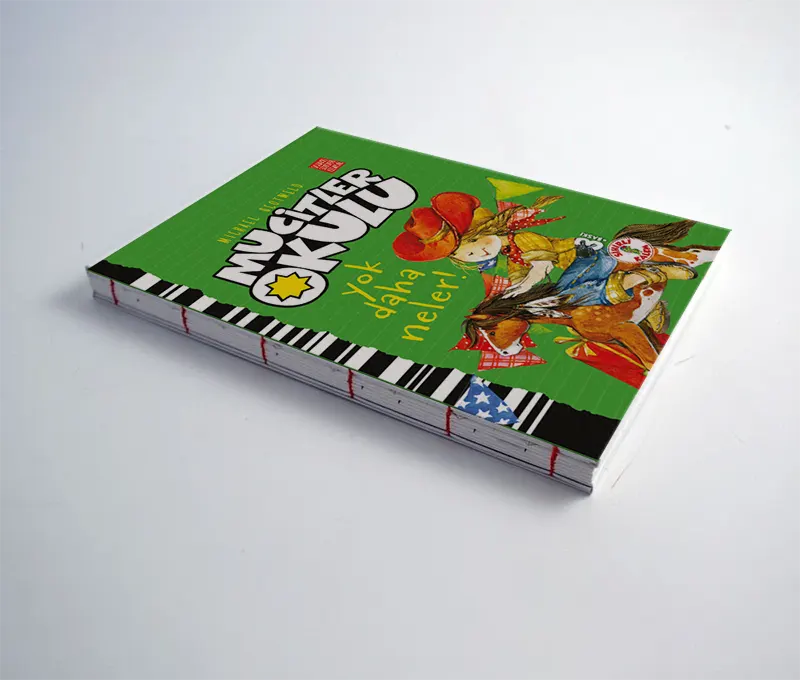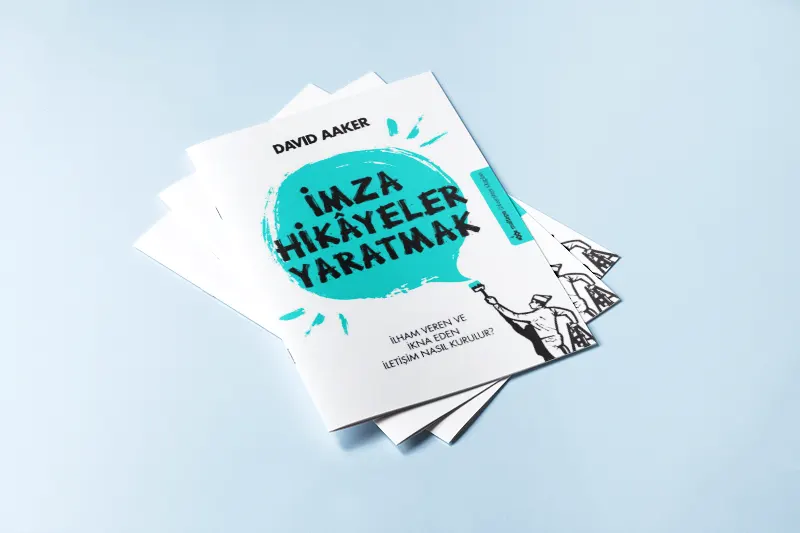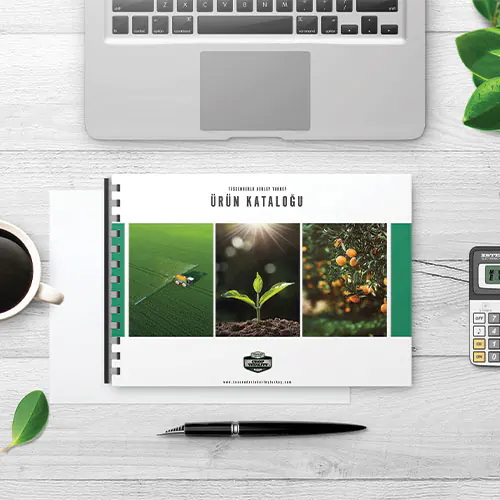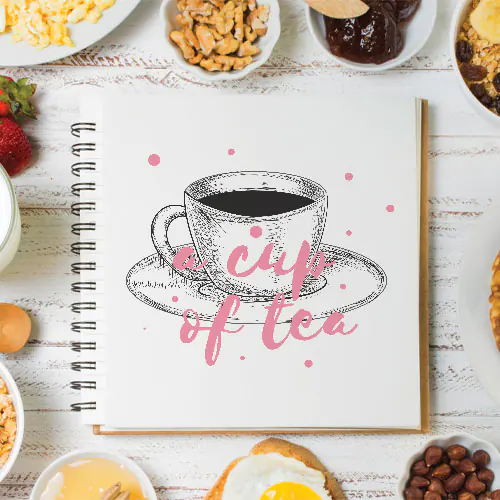Hardcover (HardCase) Binding
Case binding is known for its sturdy rigid cover and durability. The hard casing protects the pages inside and the edges of the cover itself from any dents or knocks and exudes a classic look. Case Binding is used for hardcover books. Small groups of folded pages are sewn together using strong thread, which is then enveloped in a hardboard cover otherwise known as a case.
The book block is held to the case via a sheet of card which is pasted to the front, back and spineof the book. This piece of card is called an end paper and also allows for extra customization.
You can cover the front of the boards with materials such as book binding cloth, leather, or PVCto customize the front of your casebound notebook. You can also add a dust jacket to a caseboundbook for extra embellishment.
Advantages of hard cover / case binding
- Very durable and unable to be bent as it is encased by a hard cover
- The finished product has a classy and elegant look and feel
- Attract high retail prices
